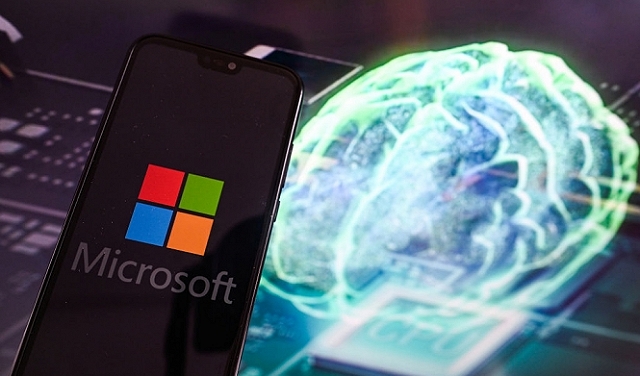Microsoft will soon launch the artificial intelligence chatbot Copilot on the Windows 10 operating system. The software giant took this surprising step for testers in the Release Preview after hinting at the end of major updates for Windows 10 a few months ago.
Aaron Woodman, Vice President of Windows Marketing, confirmed during a press conference: “This is a prime opportunity for us to deliver the value of Copilot to a larger number of customers.”
Microsoft aims to enhance its ambitions in the field of artificial intelligence by leveraging a massive base of millions of computers running on the Windows 10 operating system. Microsoft aims to utilize features like Copilot to achieve these ambitions, even though there is less than two years until the end of Windows 10 support.
In the Windows 10 operating system, Copilot works in a similar way as it appears in Windows 11, with a button located on the right side of the taskbar that allows quick access to the chatbot.
Users have the ability to remove this button, and the capabilities of Copilot available in Windows 11 will be different from those available in Windows 10, especially in terms of controlling Windows features and settings.
Woodman noted that despite some differences in functions, there are skills that can be executed in Windows 11 and are not available in Windows 10, therefore, those skills will not be present within Copilot for the Windows 10 operating system.
Windows 10 has lower hardware requirements compared to Windows 11, with Microsoft believing that 4 gigabytes of RAM and a screen resolution of 720 pixels are sufficient for the chatbot Copilot.
Copilot is currently being tested for compatibility with Windows 10 Home and Windows 10 Pro, and there are plans to soon provide Copilot plans for the commercial versions of Windows 10.
In a support note, Microsoft indicates that it is reviewing its approach to Windows 10 and increasing investments to ensure that all users of computers running on Windows receive the maximum benefit possible, such as Copilot.
This may mean the arrival of more artificial intelligence benefits to Windows 10, such as the new AI benefits in the Paint program in the Windows 11 operating system.
They insist that this is the final version of Windows 10, and support will continue until October 14, 2025, and the company will not make any changes to the operating system’s support end date.
A recent report indicated that Windows 11 reached 400 million devices after just two years of its release, while Windows 10 reached the same number after only one year of its release, and reached 600 million devices only a few months after celebrating its second anniversary of release.
It is widely expected that Microsoft will launch a new version of the Windows operating system in 2024.
Intel is currently promoting the update scheduled for Windows in 2024 and hopes that it will contribute to increasing its revenue. The teaser advertisement was launched by Intel after several months of rumors about the release of Windows 12 leaked from internal documents of Intel.


